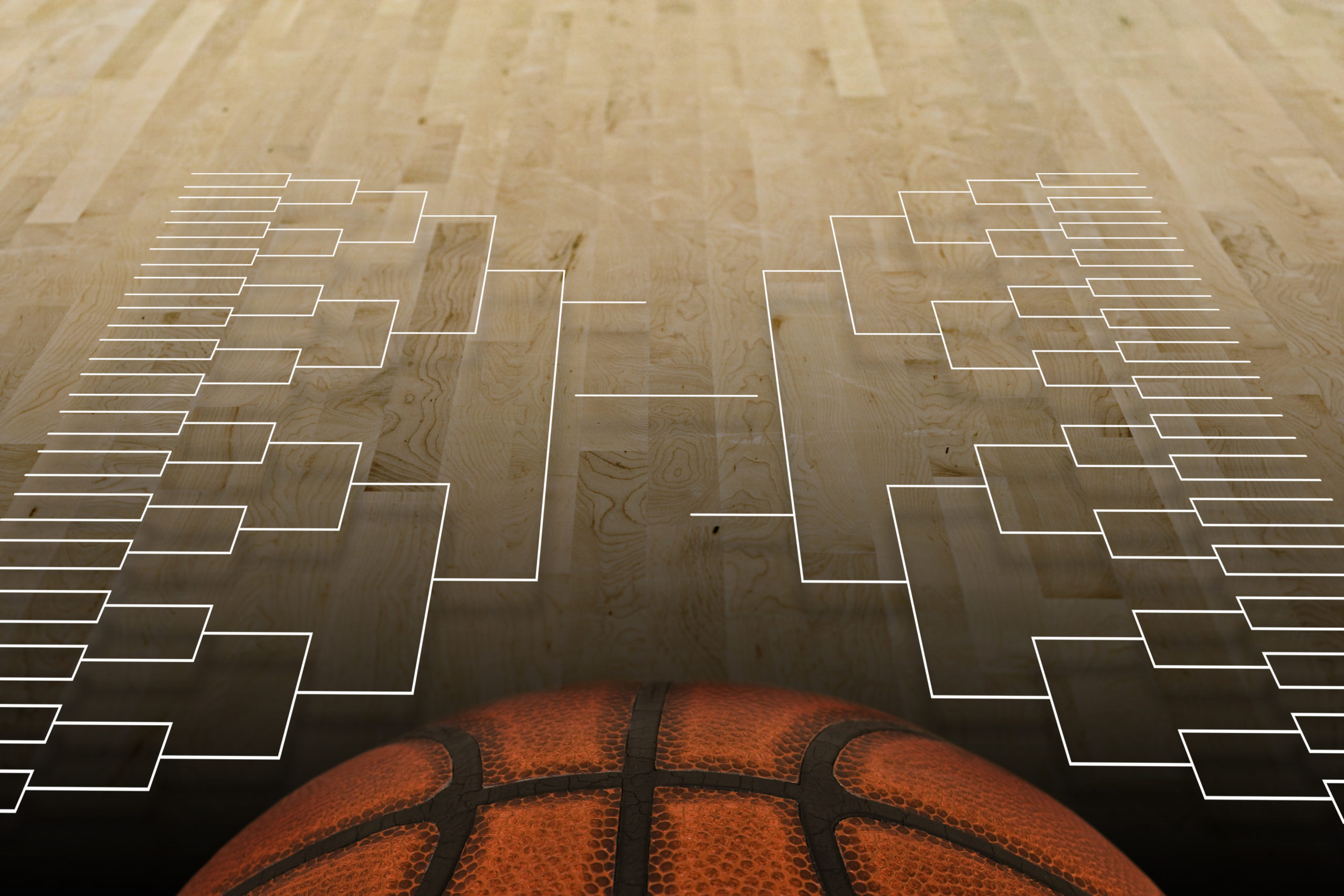¿Está considerando iniciar o permitir un grupo de oficinas de March Madness en su lugar de trabajo? El año pasado, aproximadamente 40 millones de estadounidenses completaron un total de 70 millones de soportes y apostaron $ 9 mil millones en March Madness, según datos de la American Gaming Association. Sin embargo, no importa qué equipo encabece su grupo, es una mala apuesta permitir el juego en el lugar de trabajo. Si bien puede ser una actividad divertida que promueve la camaradería, existen problemas legales y éticos que la acompañan.
¿Verdadero o falso?
¡Una piscina en la oficina es una diversión inofensiva!
Falso: Las piscinas de oficinas son técnicamente ilegales en la mayoría de los estados. Solo puede tener legalmente un grupo de oficinas si su oficina está ubicada en Nevada, donde las apuestas deportivas son legales; En Montana, donde las piscinas deportivas son legales siempre que el facilitador no acepte una tajada; Y en Vermont y Connecticut, donde se permiten pequeños grupos de amigos y colegas.
El juego se ha convertido en parte de la cultura deportiva estadounidense, pero es una buena idea mantenerlo fuera de las paredes de la oficina. La cantidad apostada ilegalmente en el Super Bowl del año pasado fue aproximadamente 38 veces mayor que la cantidad apostada legalmente en los casinos de Las Vegas. Piense dos veces en su política corporativa y la moral en la que cree su empresa antes de fomentar un grupo de oficinas.
Una piscina de oficina promueve la competencia sana y la camaradería de la oficina.
Falso: puede haber más ruido alrededor del enfriador de agua, pero una piscina en la oficina podría crear falta de armonía en el lugar de trabajo. Un grupo perdedor podría hacer que los compañeros de trabajo se sientan desanimados y potencialmente fomentar sentimientos negativos hacia los otros miembros del grupo. La competencia, especialmente cuando hay mucho en juego, puede generar tensión en todo el lugar de trabajo.
Piense también en sus partes interesadas. Es posible que sus clientes, miembros de la junta y accionistas no aprecien las apuestas en el sitio. Algunos pueden tener una objeción religiosa. A otros les puede preocupar que los empleados no presten toda su atención a su trabajo. Merecen que sus objeciones se tomen en serio.
Al permitir una piscina de oficinas en mi lugar de trabajo, mis empleados estarán más distraídos.
Verdadero: la oficina no es un lugar apropiado para apostar. Las cosas que interfieren con nuestro trabajo deben ocurrir antes o después del trabajo. Se estima que, como nación, se espera que las empresas pierdan al menos $ 1.2 mil millones por cada hora de trabajo improductiva durante la primera semana del torneo. Especialmente a través del estímulo de un grupo de oficinas, los empleados sintonizarán los juegos mientras están en el trabajo, navegarán por la web para encontrar puntajes y conversarán con otros compañeros de trabajo al respecto.
Formas alternativas de celebrar March Madness en el trabajo
Hay otras formas de celebrar March Madness sin un grupo de oficinas. Por ejemplo, evite las ausencias no planificadas relacionadas con March Madness sirviendo un almuerzo en los primeros dos días del torneo, o haga que los momentos destacados de los juegos se reproduzcan en los televisores de la oficina. También considere a sus empleados que pueden tener problemas con el juego, o los que están luchando con deudas financieras antes de decidir comenzar un grupo de oficinas. Al mantener el juego fuera del lugar de trabajo, sus empleados se sentirán seguros y productivos.
Obtenga más información sobre cómo promover mejor el Programa de Asistencia al Empleado de su empresa, específicamente su asesoramiento sobre problemas de juego, comuníquese con su consultor de EFR.

